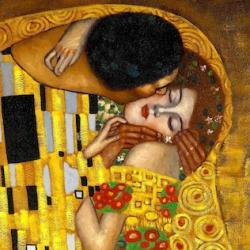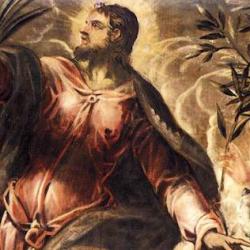Barth famously answers Anselm’s Cur Deus Homo? by talking about the “Judge judged in our place” (Church Dogmatics, IV.1). In a passage summarizing the gospel account of Jesus’s life, he gives this remarkable summary of the “exchange of roles” that occurs in the gospel:
“Those who are to be judged are given space and freedom and power to judge. The Judge allows himself to be judged. That is why He came to Jerusalem, entering it as a King. He is, in fact, judged.” This second stage of the gospel story presents “a difficult picture: difficult because of the oppression, anguish and execution of the one man who stands silent and suffering in the midst; difficult because the accusation, condemnation and punishment to which it refers all fall on the very One on whom they ought to fall least of all, and not on those on whom they ought to fall.” Barabbas goes free; Jesus is sent to the cross with two criminals.
Barth concludes this paragraph: “Those who taunted Him on the cross . . . were quite right: instead of the destruction of the temple – this ! the man who seemed to threaten it hanging in shame and agony and helplessness on a Roman gallows” (226-7).
And in this strange position of being judged, Jesus acts as Judge, and thus as Savior.















